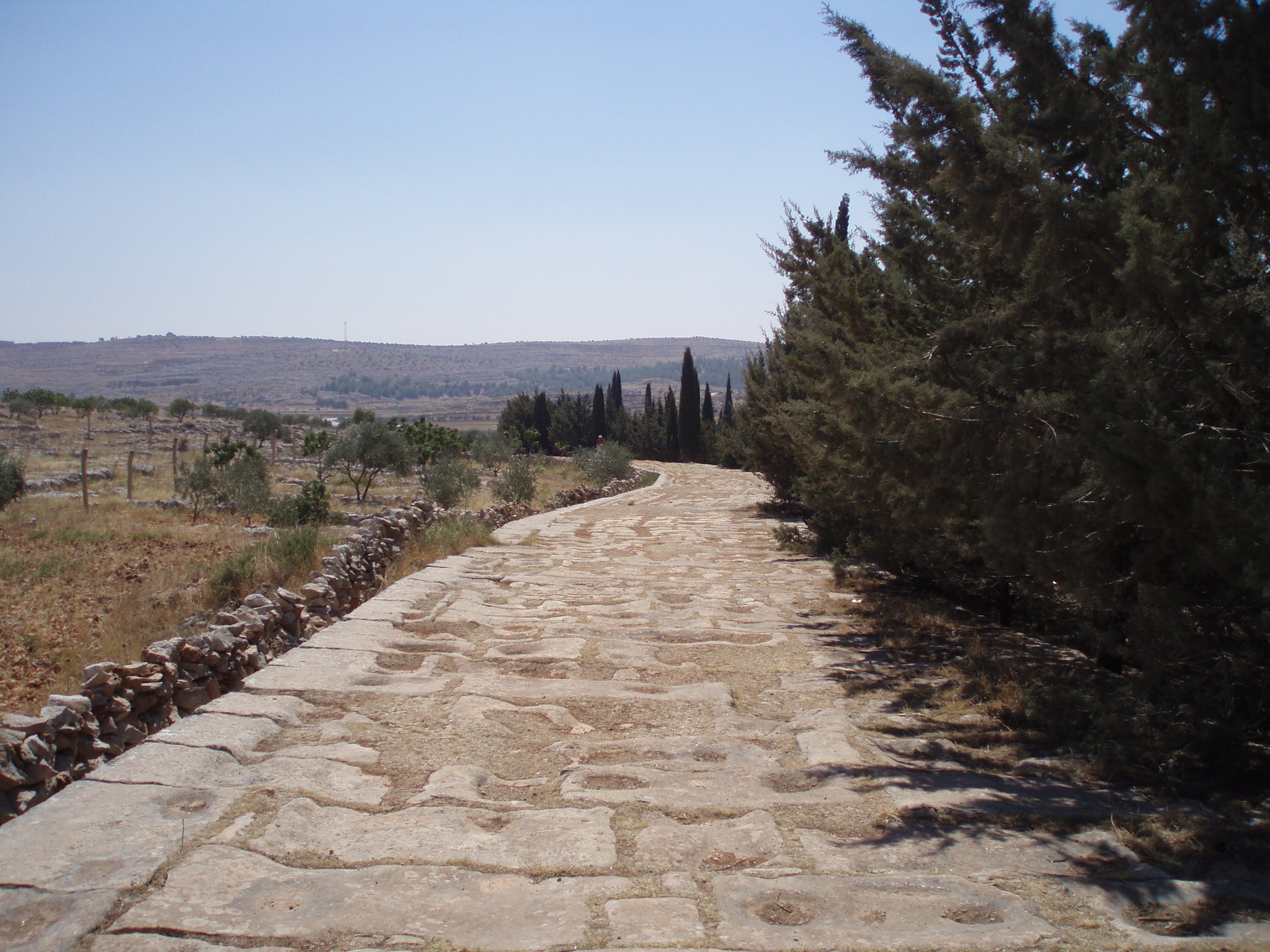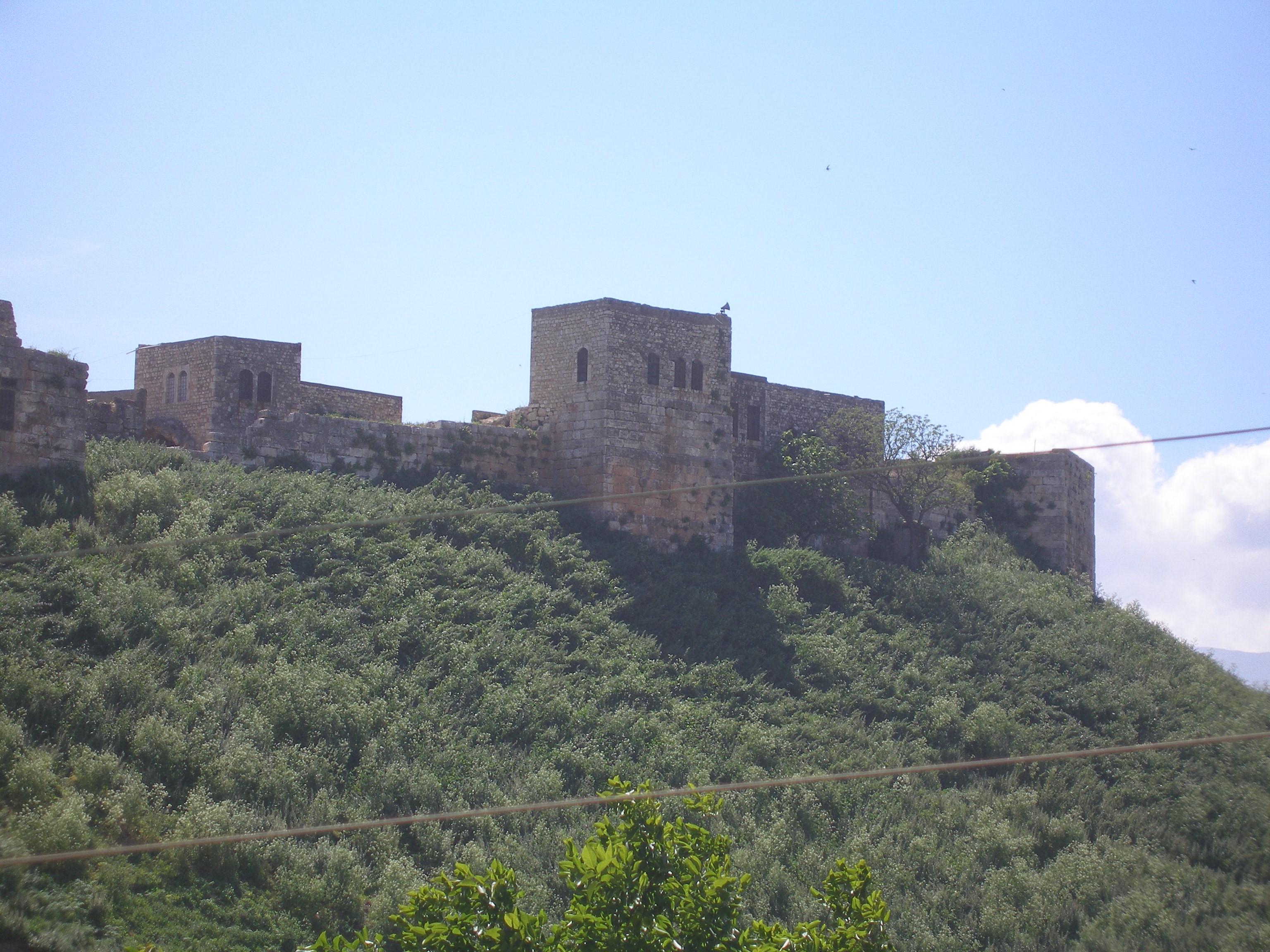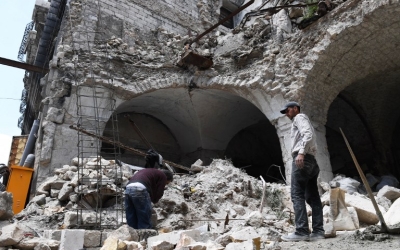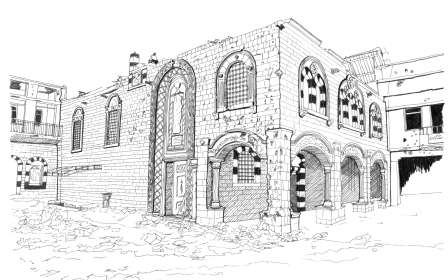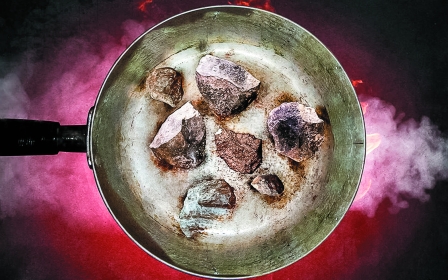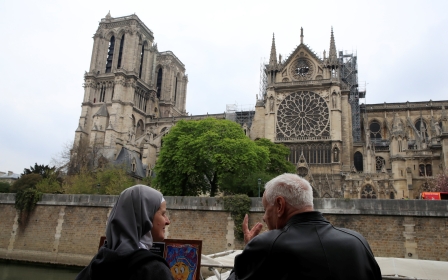Idlib's ancient treasures could be lost in this war
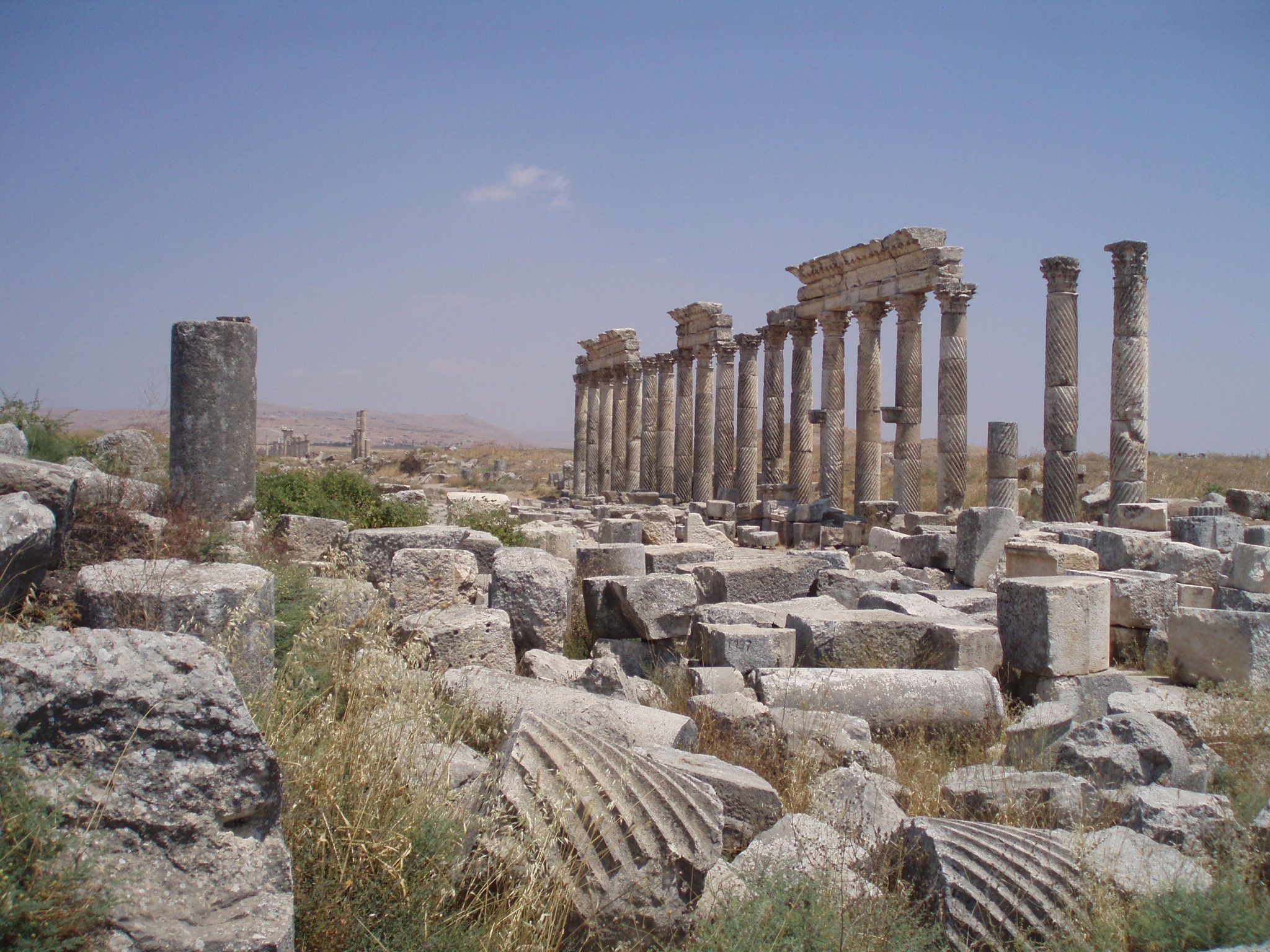
Insult upon insult has been thrown on Idlib over the course of Syria’s eight-year war.
The rugged northwestern province has been labelled as a rural backwater and a dumping ground for rebels who refused to surrender to President Bashar al-Assad’s offer of “reconciliation”. Russian Foreign Minister Sergei Lavrov called it a “festering abscess” and Syria’s last major “hotbed of terrorists”, while Iranian Foreign Minister Javad Zarif declared it must be “cleaned out”.
But why Idlib? Why has this province ended up as a massive open-air prison, kettling around a fifth of the country’s current population? The answer lies in Idlib’s geography and history, evidenced through its little-known ancient monuments.
Commercial clout
Idlib’s mix of limestone mountains and the low-lying Orontes River valley have made it perfect guerrilla territory: self-sufficient in agricultural produce and difficult to tame.
Despite its lack of oil and gas reserves, it still has commercial clout through its control of vital strategic crossings between major Syrian cities and into Turkey. The famous waterwheels on the Orontes, testaments to local ingenuity, are upstream in Hama Province, whose border with Idlib is largely under rebel control and regularly receives heavy bombardment.
Idlib’s rich and varied landscapes provided inspiration to many earlier cultures: Eblan, Hittite, Aramean, Assyrian, Greek, Roman, Byzantine and Arab. Scattered among its hills and plains are dozens of ancient tells (man-made mounds), tombs, castles, churches and monasteries.
Ancient Ebla, just east of the main Aleppo-Damascus highway, is Syria’s most important Bronze Age site, belonging to the country’s oldest civilisation. Its priceless cuneiform tablets, discovered in their thousands by Italian archaeologists in the 1970s, revealed the city’s prosperous trade in gold, lapis lazuli and high-quality woollen textiles.
Idlib Museum displayed some when it first opened in 1989, but security, never tight at the best of times at Syria’s archaeological sites, slackened further after the war broke out in 2011. The museum was hit by Syrian regime air strikes and looted in 2013, but reopened in August 2018.
A cultural gem
Roman Apamea was for centuries a vital strategic military base on the southern edge of Idlib and has suffered from looting on a massive scale. Syria’s largest classical site, it is four times bigger than Palmyra.
Satellite photography revealed its two-kilometre colonnaded street overlooking the Orontes Valley to be pockmarked with thousands of illegal digs, mostly from when it was under regime control between 2012 and 2015. Today, it lies within the highly unstable Russian-Turkish demilitarised zone and is the closest rebel-held site to the Russian Hmeimim airbase.
On Thursday Qalaat al-Mudiq, the Arab fortress citadel overlooking Apamea, was retaken by regime forces. It was once a major defence point during the Crusades.
Drawing attention to Idlib's rich cultural heritage may help focus minds on how best to ensure its safe future
The town of Maarrat al-Numan, south from Ebla on the main highway to Damascus, was besieged in 1098 by Crusaders en route to Jerusalem. Up to 20,000 Muslims, including women and children, were said to have been massacred and eaten.
The Crusader leader, Raymond of Fulchre, wrote: “Our people were so frenzied by hunger that they tore flesh from the buttocks of the Saracens … which they cooked and chewed and devoured with savage mouths, even when it had been roasted insufficiently on the fire.”
Today, the town’s cultural gem is a 16th-century Ottoman caravanserai, the largest in Syria at 7,000 square metres, built from indigenous black basalt. It was converted to house a collection of stunning Roman mosaics in the 1980s, but in 2015, the Syrian regime dropped barrel bombs on the museum, causing extensive damage. The mosaics had fortunately been crated and moved to the basement.
Byzantine ghost towns
Most surprising of all of Idlib’s cultural treasures are the unique, and still remarkably intact, Byzantine ghost towns - the so-called Dead Cities, representing a thriving 4th- to 6th-century local culture whose wealth was built on producing wine and olive oil.
Beautifully crafted from indigenous limestone, the settlements - with their watchtowers, markets, inns, baths, churches and private homes - have survived earthquakes and earlier wars between the Byzantines and the Persian Sassanids, leaving an architectural legacy that has strongly influenced medieval European church architecture, especially the great Gothic cathedrals, such as Notre Dame.
During the war, many of the ruins have served as shelters for displaced refugees - though even before the war, in villages such as Ruweiha, local farmers incorporated the strong stone buildings into their homes, as at the 6th-century Church of Bissos.
It features a pair of high transverse arches spanning the nave, a feature seen in Europe only centuries later. It also has a unique stone-domed tomb, a precursor to the typical domed Muslim saints’ tombs later found all over the Middle East, North Africa and Turkey.
Belatedly recognised as a Unesco World Heritage Site in June 2011, the Dead Cities are still little known to the outside world. Their sheer scale is astonishing - about 780 of them, including more than 2,000 churches, spread over an area about 30km by 140km. The main basilica in Jabal Seman, an area in Aleppo province that was targeted due to being under rebel control, was once among the largest and most important churches in the world; it was damaged by a Russian air strike in May 2016.
Ensuring Idlib’s future
No one should imagine that what happens in Idlib doesn’t matter. Drawing attention to its rich cultural heritage may help focus minds on how best to ensure its safe future.
Russian President Vladimir Putin indicated last month that a full-scale offensive on Idlib was not imminent, but bombings across Syria’s northwest have intensified in recent weeks. More than 200 civilians have been killed and 140,000 displaced since February, according to the UN, including the worst barrel bombings in 15 months. These days, such news rarely makes the headlines.
Estimates of the current population in Idlib Province range between three and four million, growing all the time, as more people arrive from other parts of Syria. A third of the country’s pre-war population has fled the country.
The overwhelming majority of people in Idlib are not extremists. They deserve so much better than to be dismissed as “terrorists”, and the world needs to better understand what is at stake.
The views expressed in this article belong to the author and do not necessarily reflect the editorial policy of Middle East Eye.
Middle East Eye propose une couverture et une analyse indépendantes et incomparables du Moyen-Orient, de l’Afrique du Nord et d’autres régions du monde. Pour en savoir plus sur la reprise de ce contenu et les frais qui s’appliquent, veuillez remplir ce formulaire [en anglais]. Pour en savoir plus sur MEE, cliquez ici [en anglais].



